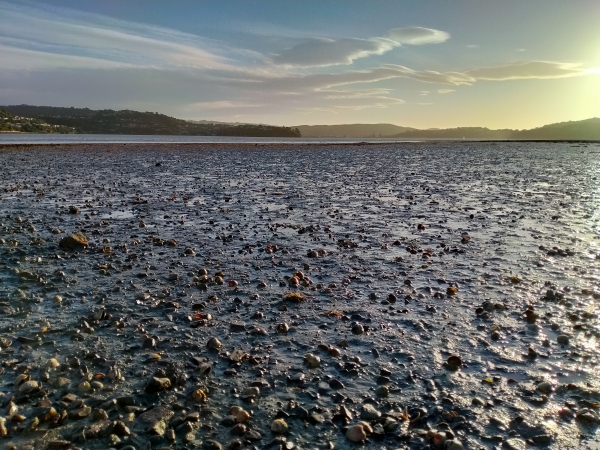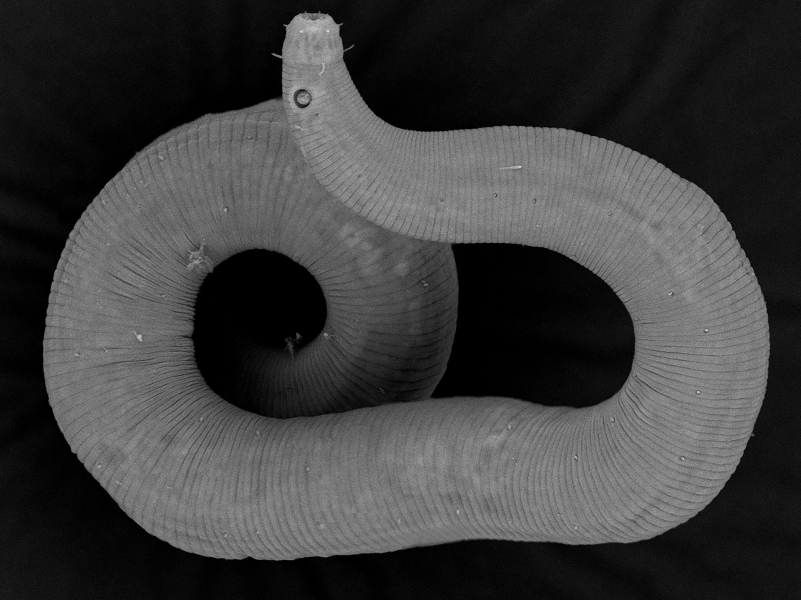Researchers have discovered 26 species of roundworms that are completely new to science.
The roundworms, or nematodes, were sampled between 2016 – 2021 from Pāuatahanui Inlet in Te Awarua-o-Porirua Harbour in the Wellington region. Other discoveries include species that had not yet been recorded from the New Zealand region, as well as some apparently globally distributed species. All up, 55 nematode species were recorded from the inlet for the first time.
The work was published in NIWA's latest Biodiversity Memoir, a series of technical works that describe New Zealand's invertebrate marine life, such as sponges, corals, and sea stars.
This specific edition was unique in that it focused on a particular region - Pāuatahanui Inlet - which NIWA marine biologist Dr Daniel Leduc says was done because of its ecological and cultural significance.
"The inlet was chosen because it is easily accessible and has high ecological and cultural significance. The inlet is also subject to anthropogenic impacts from land use changes and pollution, so a better knowledge of the nematode fauna will bring a more complete understanding of the value of this ecosystem and will facilitate monitoring in the future," says Dr Leduc.
Nematodes are mostly small (about 1 mm long), unsegmented worms that live amongst sand grains in the seabed, lakes, rivers, and soils, or as parasites of plants and animals. Because of their small size, most people are not aware of their existence. However, nematodes are one of the most successful groups of animals because they can adapt to a wide variety of environmental conditions.
Despite this, Dr Leduc says that New Zealand's marine nematode fauna isn't well characterised.
"We are still in the discovery phase for this group of animals, meaning we find species new to science pretty much everywhere we look. This memoir increases the known number of free-living marine nematode species from the New Zealand region by almost a third. And despite our incomplete knowledge, we estimate that 40% of the total known fauna in the inlet is made up of nematodes. And it is highly likely more species are yet to be discovered in the inlet, particularly in subtidal areas where no sampling has yet been conducted. There are of course many more discoveries to be made in the country's other inlets and multitude of marine habitats. It's pretty easy to find new species in this country if you are ready to spend some time looking down a microscope."
The new NIWA Biodiversity Memoir was compiled in collaboration with Dr Zeng Qi Zhao from Manaaki Whenua – Landcare Research.



